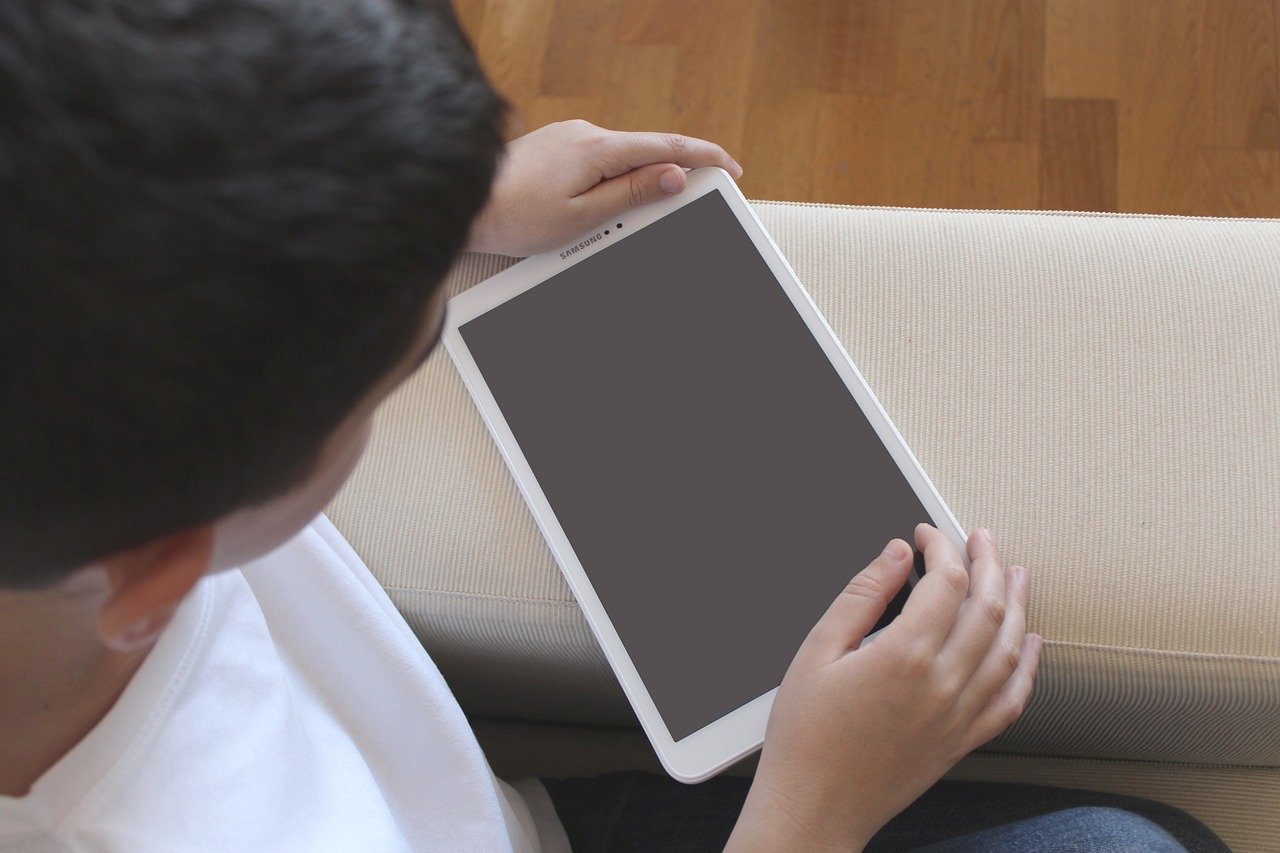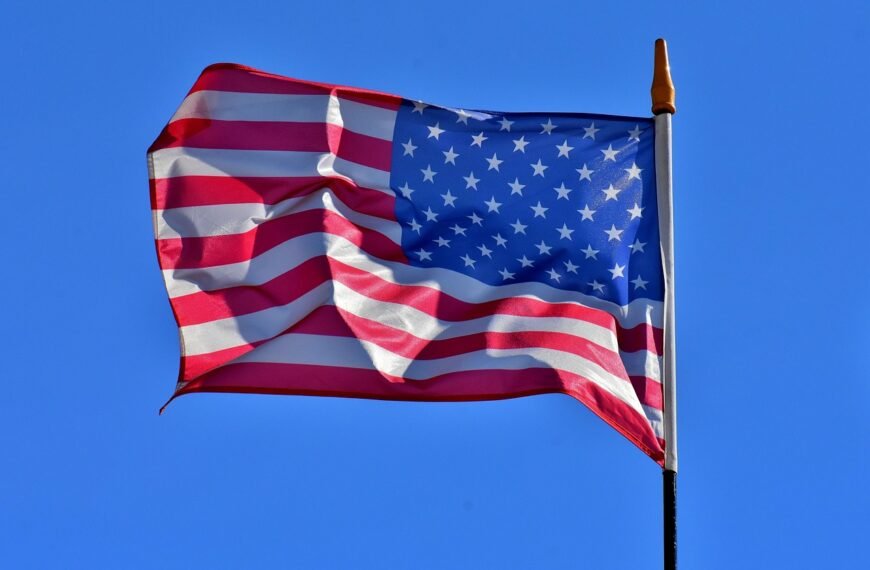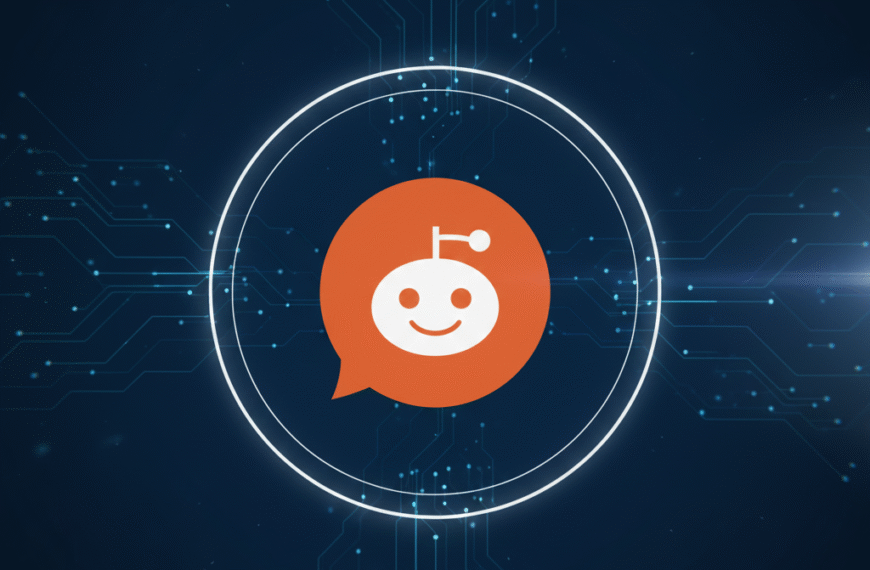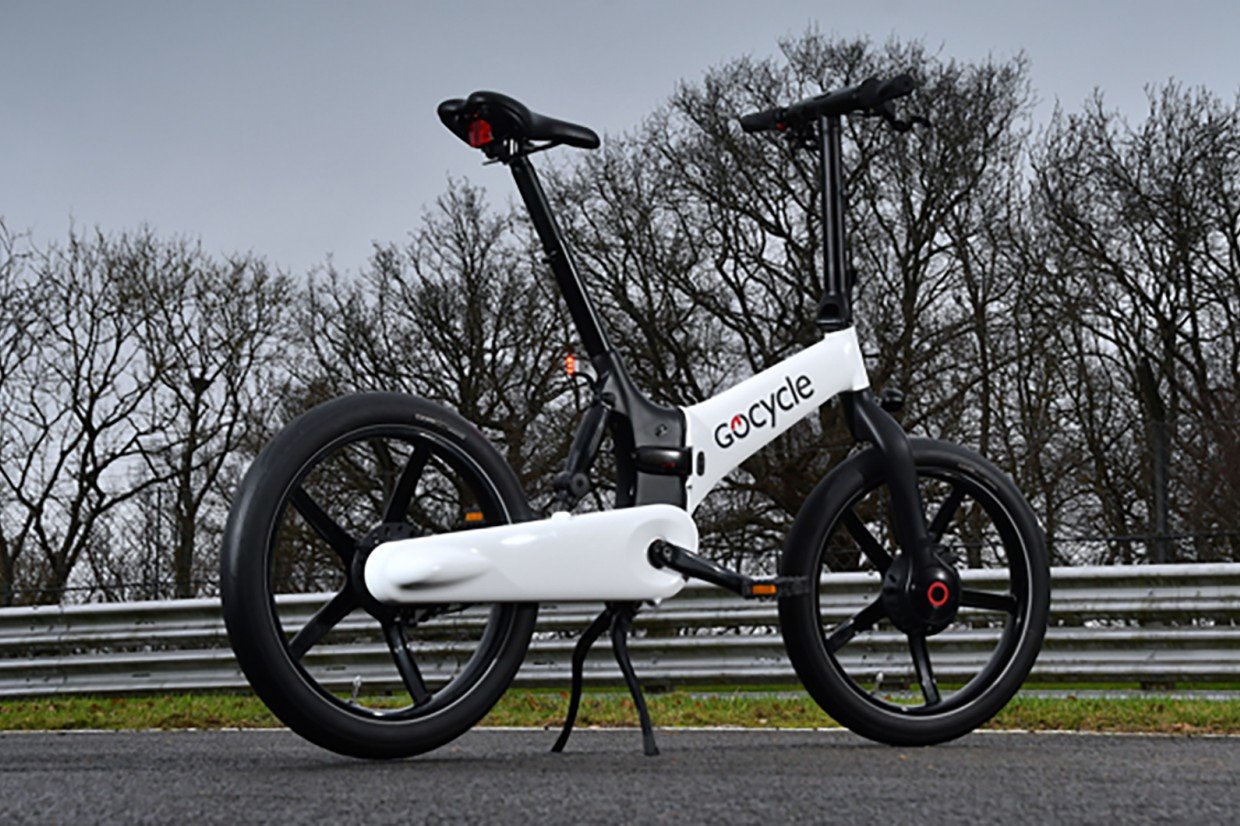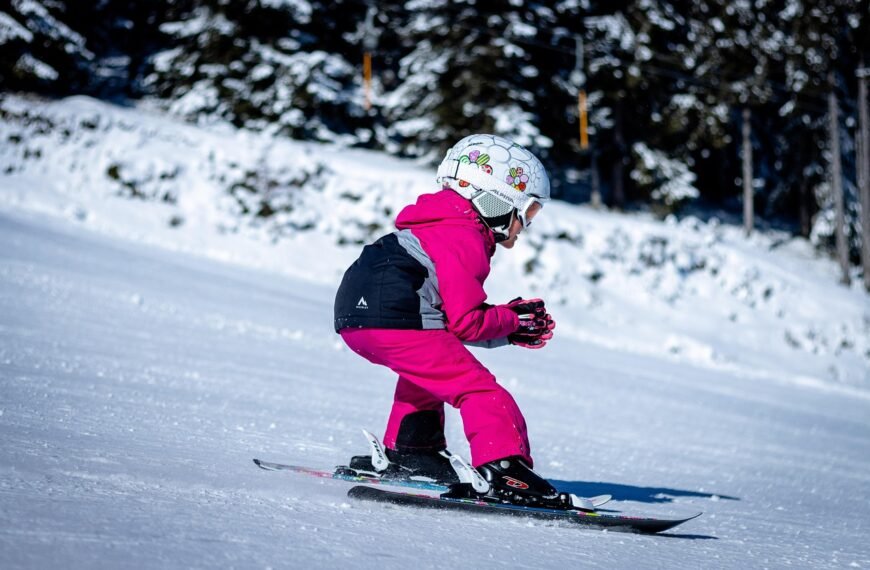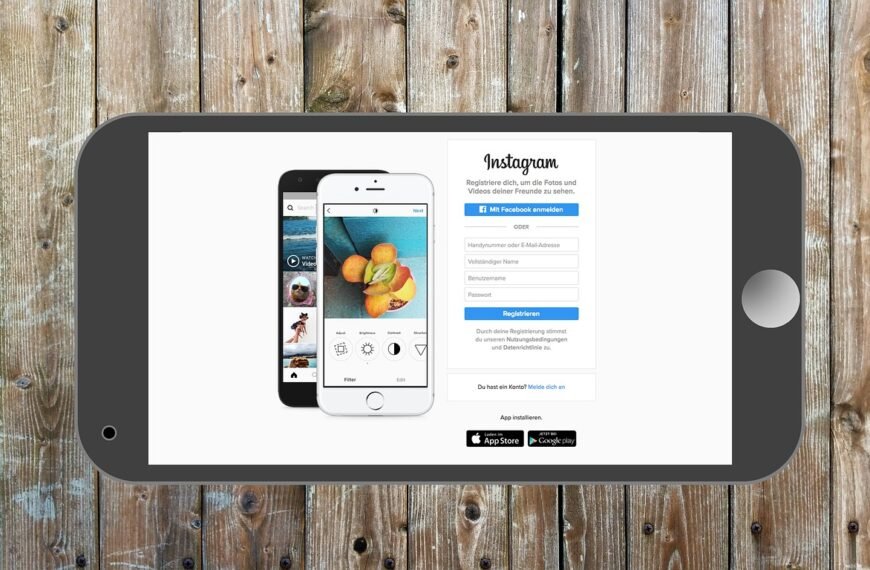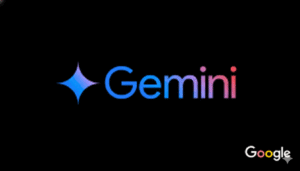In a landmark decision, Australia has become the first country to announce a comprehensive ban on social media for children under the age of 16. Set to begin enforcement, this policy shifts the responsibility of keeping young users off platforms onto the companies themselves. The government’s goal is to shield children from well-documented online harms, but the move raises big questions about how it will work and whether it will be effective.
Why Australia is Implementing the Ban
The driving force behind this radical policy is a desire to protect children’s mantal health and wellbeing. A recent government study revealed alarming statistics: 96% of Australian children aged 10-15 use social media, with 70% exposed to harmful content. This includes material promoting eating disorders, suicide, misogyny, and violent videos. The study also found that one in seven children reported experiencing grooming behavior from adults, and more than half had been victims of cyberbullying. The government argues that platform design features intentionally keep children hooked, exacerbating these risks.
Which Platforms Are Affected?
The ban targets platforms whose main purpose is social interaction. The initial list includes ten major services:
- Snapchat
- Threads
- TikTok
- X
- YouTube
- Kick
- Twitch
The government has stated this list will be regularly reviewed, and there is pressure to include online gaming platforms in the future. Services like YouTube Kids, Google Classroom, and WhatsApp are excluded, as they don’t primarily function as open social networks.
How Will the Ban Be Enforced?
The enforcement burden falls entirely on social media companies, not children or parents. Platforms face massive fines—up to $49.5 million— for serious or repeated failures to comply. Companies are required to take “reasonable steps” to prevent under-16 s from creating accounts and to deactivate existing ones. Crucially, they cannot simply rely on users self-declaring their age or on parental consent. Instead, They must use age-assurance technology, which could include:
- Government ID verification
- Facial recognition through video selfies
- Age inference based on online behavior
Meta has already announced a plan to close teen accounts, allowing those mistakenly banned to verify their age with an ID or video. Other platforms are expected to follow with similar measures.
Potential Challenges and Criticisms
Despite its ambitious goals, the ban faces significant hurdles and criticism from various sides.
- Effectiveness of Technology: Age – verification tools, especially facial recognition, are often least accurate for younger teenagers, potentially locking out legitimate users while failing to catch others.
- Privacy Concerns: Collecting sensitive data like government IDs or biometric information raises major privacy fears, especially in a country that has experienced recent high-profile data breaches.
- Corporate Pushback: Social media companies have argued the ban is difficult to implement, intrusive, and could isolate young people. Some, like YouTube, have even denied being a “social media” company.
- Driving Kids Elsewhere: Critics worry the ban will push children towards unregulated parts of the Internet, such as certain gaming platforms or AI chatbots, which are not covered by the ban and carry their own risks.
The Global Context
Australia’s approach is being watched closely around the world. While other countries are grappling with the same issue, none have gone as far as a total ban for under-16s.
- The UK has introduced safety rules that threaten large fines for companies that fail to protect children.
- Several European nations require parental consent for younger teens to use social media.
- In the US, a similar law in Utah was blocked by a federal judge.
This makes Australia a real – world test case for whether a blanket ban is a feasible solution.
What Happens Next?
As the deadline approaches, many teenagers are already trying to circumvent the ban by creating accounts with false ages or researching ways to bypass verification. The true test will be whether social media companies can deploy technology sophisticated enough to stop them. The government admits the rollout maybe “untidy”, but believes the drastic step is necessary to force a reckoning on child online safety. For parents worldwide, the outcome of this experiment will provide critical insights into the future of protecting children in the digital age.

